Researchers at UC San Diego have developed microscopic robots, otherwise known as microbots, to deliver antibiotics to treat potentially life-threatening pneumonia. These swimming hybrid microbots consist of tiny particles, also known as nanoparticles, attached to microalgae. Microalgae, miniscule single-celled organisms that thrive in aqueous environments, give the microrobots the ability to move, allowing the microrobots to carry their attached nanoparticles more deeply into lung tissue. The nanoparticles, located on the surface of the microalgae, are coated with neutrophil membrane, a type of white blood cell, and contain antibiotics to be delivered to the site of infection.
Researchers have found these microrobots to be highly effective in clearing acute pneumonia. They infected mice with bacteria “Pseudomonas aeruginosa,” which causes a type of antibiotic-resistant pneumonia common in hospitalized individuals. Mice treated with the microrobots survived for more than a month, while untreated mice died within three days. Importantly, these microrobots cause negligible toxicity to the treated mice as well. Furthermore, researchers found that the microrobots were more effective than antibiotics delivered through a vein. Specifically, a dose of microbots delivered 3,000 times more effective antibiotics than an equivalent dose of injected antibiotics.
In addition to being highly effective at eliminating infection, these microrobots are also excellent at avoiding attacks and elimination from the body’s immune system, which allows them to remain in lung tissue for longer periods of time for continued drug delivery. The microrobots are also shown to move quickly, at greater than110 micrometers per second), and are distributed uniformly throughout deep lung tissue.Together, these findings underscore the promising potential of microrobots for the direct delivery of therapeutics to the lungs.
The work is a collaboration between the labs of nanoengineering professors Joseph Wang and Liangfang Zhang at the UCSD Jacobs School of Engineering. The Wang lab aims to integrate nanomaterials and biomaterials with electronic transducers in innovative ways to improve health and patient outcomes. Previous projects the Wang lab has led include nanomachines designed to isolate cancer cells, as well as wearable biosensors that monitor blood pressure. The Zhang lab focuses on developing biomimetic nanotechnologies to tackle complex human diseases. Past projects the Zhang lab have developed include “nanosponges” that bind to various viruses to prevent them from infecting host cells, as well as nanocarriers as a platform for safer and more effective vaccine development.
In a press release, Zhang explained how their work was particularly meaningful, given the difficulty of targeted drug delivery to the lungs. The Wang and Zhang labs have previously worked on microrobots to treat bacterial infections in the stomach and blood.
“Our goal is to do targeted drug delivery into more challenging parts of the body, like the lungs,” Zhang said. “And we want to do it in a way that is safe, easy, biocompatible, and long lasting. That is what we’ve demonstrated in this work.”
Wang also expressed his optimism about their findings.
“These results show how targeted drug delivery combined with active movement from the microalgae improves therapeutic efficacy,” Wang said.
The researchers’ next steps include investigating more deeply how the microrobots interact with the immune system as well as continued experiments to confirm their findings before scaling the microrobots for testing in larger animal models, and eventually, for clinical applications in humans.
“We’re pushing the boundary further in the field of targeted drug delivery,” Zhang said.
The researchers’ findings have been published in Nature Materials as a paper titled: “Nanoparticle-modified microrobots for in vivo antibiotic delivery to treat acute bacterial pneumonia.”
Art by Nicholas Regli for the UCSD Guardian


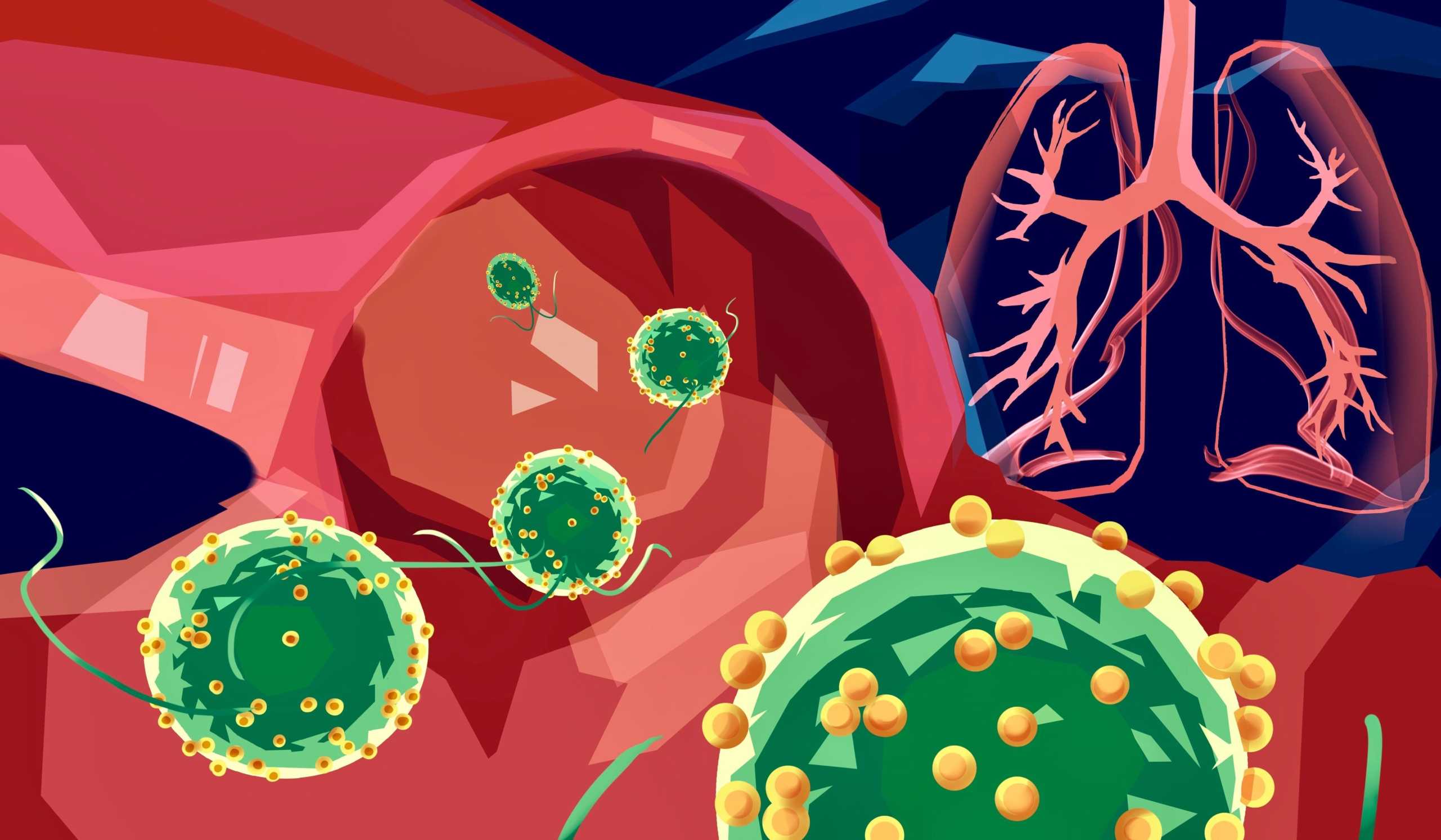







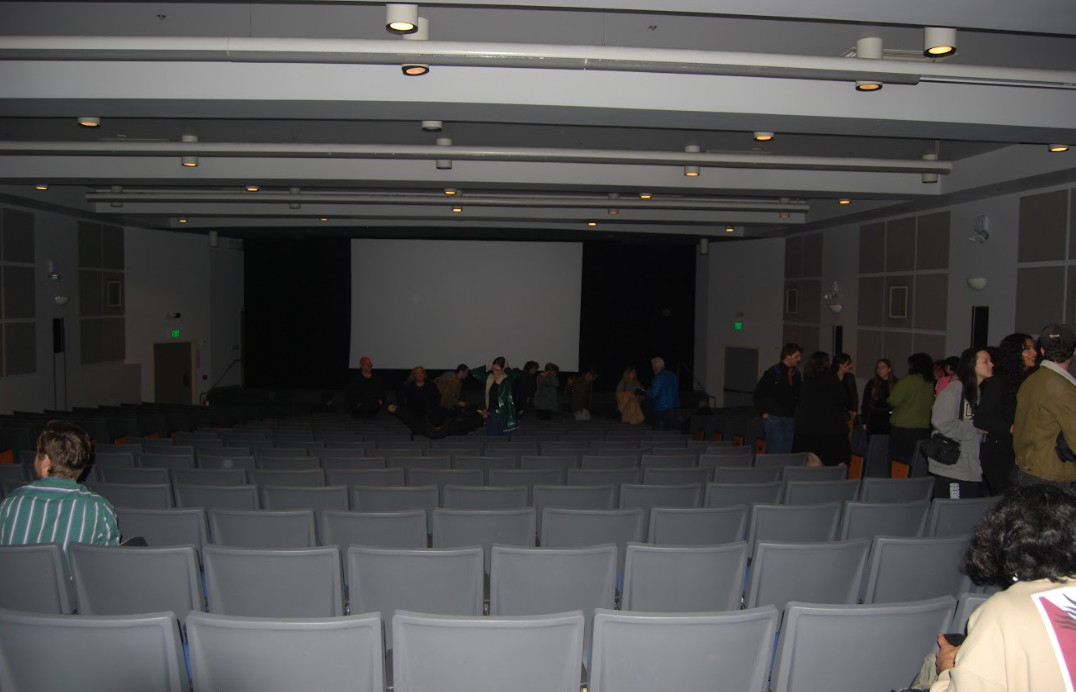


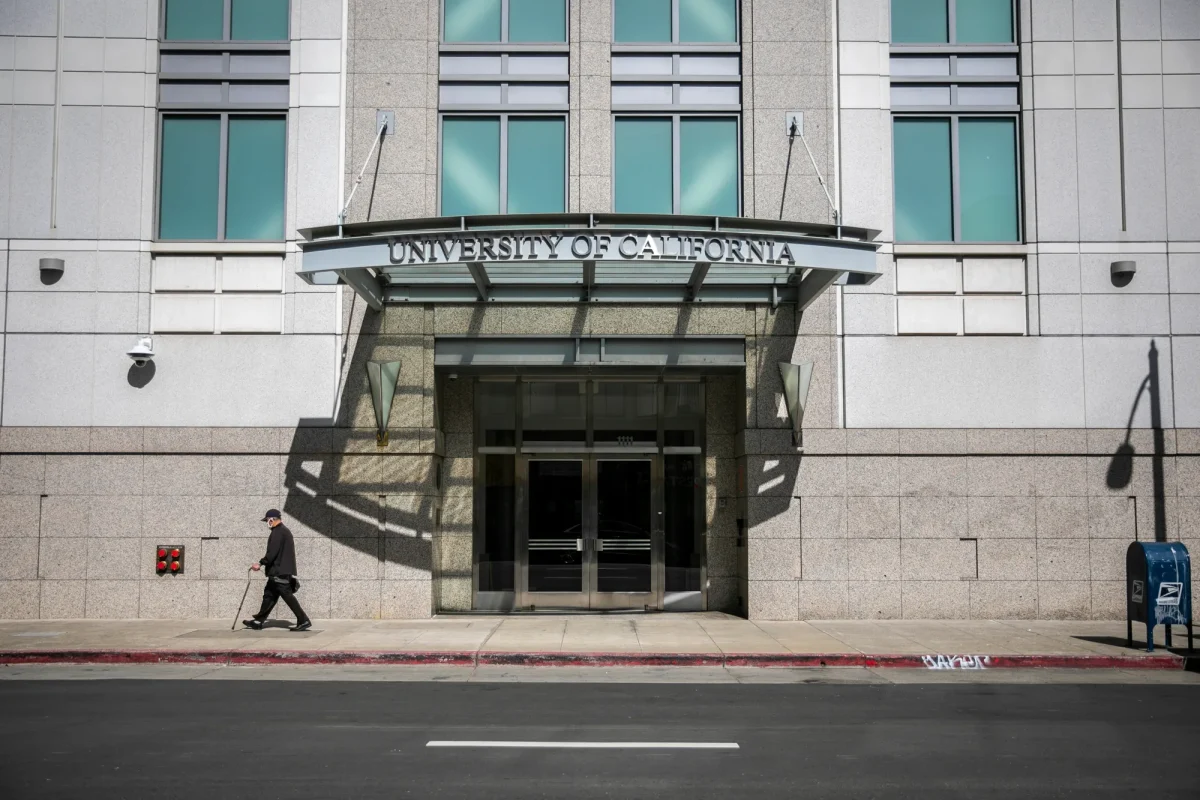

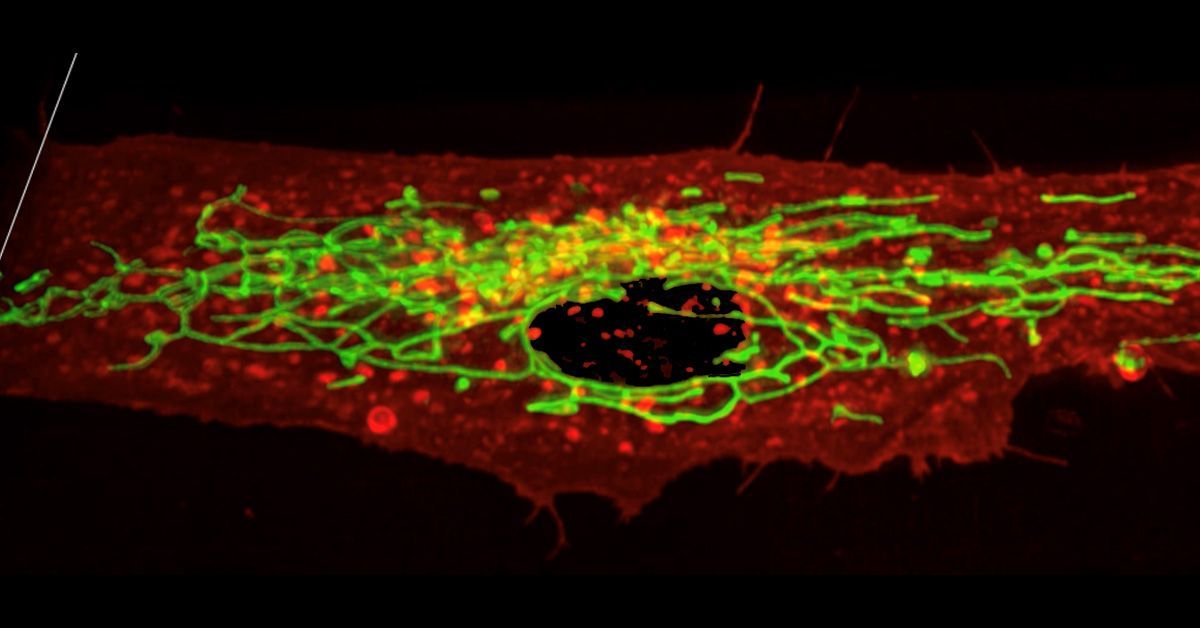


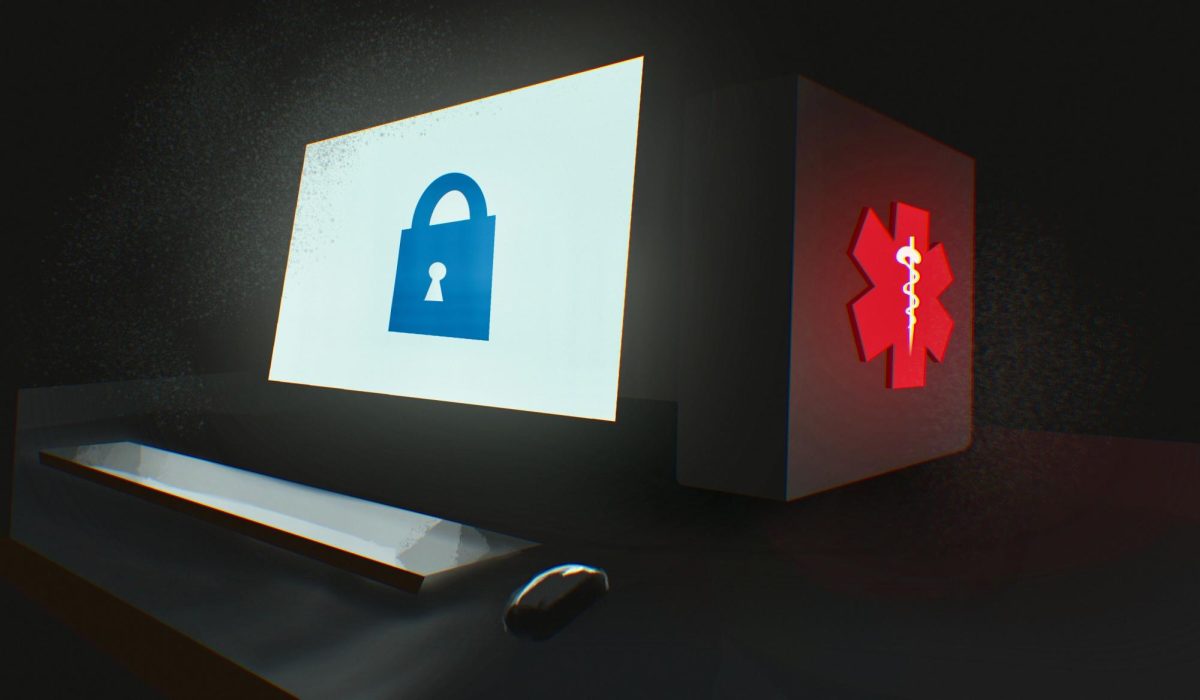

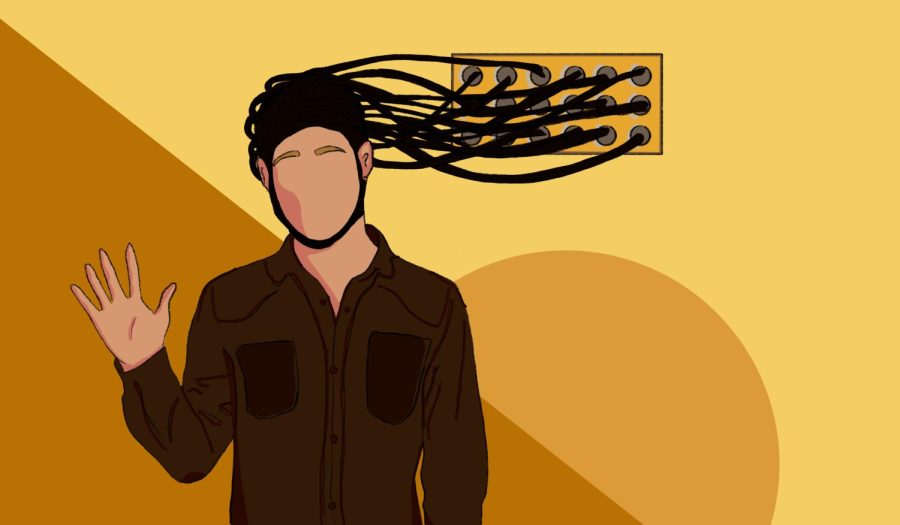
Emma • Nov 11, 2022 at 2:22 am
Some drug interactions can cause vision problems. Before taking the drug, read the possible side effects. That is why, with any ailment, it is important to take the problem seriously. Personally, I always take vitamins https://www.amazon.in/Prorganiq-Supplement-Bilberry-Capsules-All-Natural/dp/B09KL5MNZ7 for prevention.
Ecommerce Services • Nov 9, 2022 at 12:33 am
These studies are very important both now and in the future
Jana • Nov 7, 2022 at 9:25 pm
This research is very promising.
Elisa • Oct 26, 2022 at 2:41 am
These are great results! I believe that students of such universities receive invaluable experience and a good education to make innovations. They are unlikely to use services like https://myessayhelper.net/ to graduate from college or get help with essays.